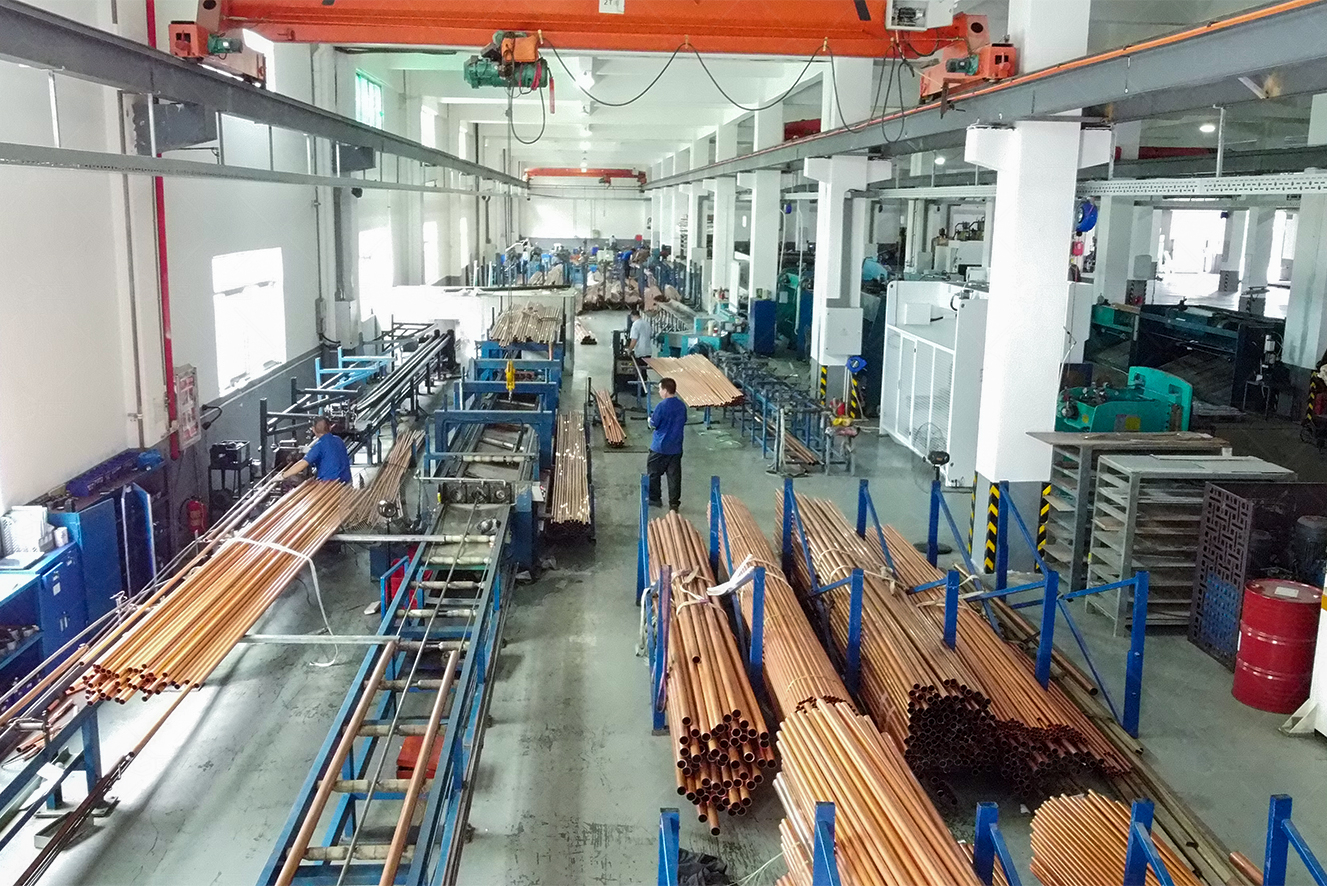This article delves into the production process of metal bedside table frames,: laser pipe cutting machines,pipe bending machines, and laser welding robots. Each of these technologies (laser pipe cutting machines, pipe bending machines, laser welding robots) plays a pivotal role in shaping the final product, enhancing production efficiency, and maintaining quality standards.
From metal pipes to formed frames, three core pieces of equipment—laser pipe cutting machines, pipe bending machines, and laser welding robots—work closely together to complete processing with millimeter-level precision, ensuring that each metal bedside table is both compact and exquisite, and stable and practical.
1. Laser Pipe Cutting Machine: Precision and Efficiency in Metal Frame Preparation
Laser pipe cutting machines have revolutionized this stage by providing unmatched precision and speed.The laser pipe cutting machine, with its advantages of non-contact processing and high energy density, provides a "zero error" cutting basis for bedside table frame components.
Laser pipe cutting machine involves using a highly focused laser beam to cut through metal pipes made from materials such as stainless steel, aluminum, or carbon steel.
Additionally, laser pipe cutting machines can be programmed via CAD (Computer-Aided Design) software to execute complex cuts and shapes. This flexibility of laser pipe cutting machine allows manufacturers to customize bedside table frames according to specific design requirements, ranging from simple geometric forms to elaborate modern designs by laser pipe cutting machine.
The automation capabilities of laser pipe cutting machines significantly boost production efficiency. Laser pipe cutting machines can operate continuously with minimal human intervention, ensuring consistent quality and reducing material waste. Moreover, laser pipe cutting machine is a non-contact process, meaning there is less wear and tear on equipment and lower maintenance costs.
 2. Pipe Bending Machine: Shaping Metal pipes with Precision and Consistency
2. Pipe Bending Machine: Shaping Metal pipes with Precision and Consistency
The pipe bending machine’s role is to form the tubes into the desired shapes, such as curves, angles, or other three-dimensional structures required by the design.The pipe bending machine uses precision molds and CNC control to ensure the mechanical properties and dimensional accuracy of the bent parts.The pipe bending machine ensures that the curved shape is smooth and natural without wrinkles.
Modern pipe bending machines utilize CNC technology to ensure that each bend is executed with exceptional accuracy and repeatability. This automation guarantees is essential for mass production and quality control by pipe bending machine.
The bending process of pipe bending machine can be complex, as metal tubes must be bent without causing wrinkles, cracks, or flattening. Advanced pipe bending machines are equipped with technologies such as rotary draw bending, compression bending, and roll bending, each suited for different types of bends and tube materials.
For bedside table frames,pipe bending machines help achieve ergonomic and aesthetic designs.Manufacturers can produce frames that not only meet strength requirements but also enhance the overall design harmony of the furniture by pipe bending machine.
The flexible processing capability of the pipe bending machine can respond quickly.The pipe bending machine also contributes to production speed. Automated systems of the pipe bending machine can quickly switch between different bending programs, allowing for the manufacture of diverse frame styles without extensive downtime for retooling.]
3. Laser Welding Robot: Ensuring Strong, Clean, and Efficient Assembly
With advancements in automation, laser welding robots have become a cornerstone in modern metal furniture manufacturing.
Laser welding robots utilize a high-energy laser beam to fuse metal parts together at precise locations. The laser of laser welding robots provides a concentrated heat source that allows for deep penetration with minimal thermal distortion.
The laser welding robot process is controlled by advanced software that synchronizes the welding parameters—such as laser power, speed, and focus—with the movement of the laser welding robot.
In the context of metal bedside table frames, laser welding robots enable the seamless assembly of complex joints, including T-joints, corner joints, and butt joints. The precision of laser welding robot helps maintain the geometric accuracy of the frame, ensuring that doors, drawers, or tabletops fit perfectly without misalignment.
Moreover, the automation brought by laser welding robots greatly enhances workplace safety by reducing human exposure to intense heat and harmful fumes. It also allows manufacturers to scale up production while maintaining consistent quality standards.
Conclusion
The laser pipe cutting machine initiates the process by delivering accurately cut metal pipes tailored to design specifications. Following this, the pipe bending machine shapes these pipes into the necessary forms with exacting control and repeatability. Finally, laser welding robots assemble the components with strong, clean welds that ensure structural integrity and aesthetic excellence.
Together, these technologies (laser pipe cutting machines, pipe bending machines, laser welding robots) represent the forefront of modern metal furniture manufacturing, enabling companies to meet the demands of high-quality production while offering innovative designs.

